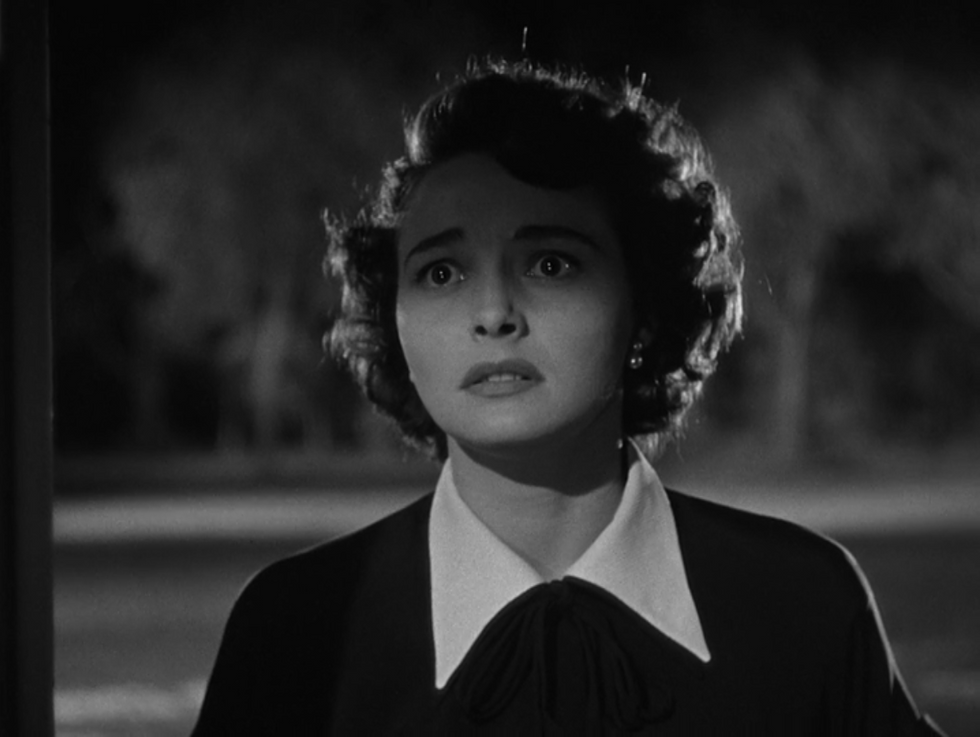In the spirit of the holiday consumerism propaganda, and the overall joy of buying Christmas presents, a glance back at advertisement propaganda and consumerism culture back in the 1950's reveals that America's target consumers weren't mostly frenzied parents and adults - it was females.
However, to get an idea of how much women's roles changed during the 1950’s, you have to look back on the previous decade - the 1940’s. Women during this time, became the substitutes for men in the work force. They took up jobs that were previously unavailable to them because they were deemed to be too physically or mentally demanding for the nurturing, gentle women of America.
So women enjoyed a sort of liberation in occupation during this time, and freedom from social scrutiny because working back then was okay. Because it helped the war. Because it helped America.
Working in the 1950’s, however, was prohibited and deplorable because that meant you were not cooperating with the American system. You were disrupting the post-war peace. There are two simple reasons why.
World War II was ending, and men were returning unemployed.
That caused a decrease in the demand for goods because the war no longer needed America working like a factory to supply their soldier and allies with clothing, weapons, food, etcetera…
It also forced working women out of work because they had the jobs that men originally had. So to companies, to the American economy whose financial prosperity was at risk, forcing women out of work to employ men was the only solution to be had.
Because unemployed women meant dependent women to America. Dependent in the sense that they now needed someone to financially help them, and to find that someone, women had to get married. Marriage produced families, and families accumulated large expenses which the economy would thrive upon.
America’s new major consumer replacing the war, would be married and domesticated women.
Sociologists and other scientists conducted research that said that working women were harmful to the growth of their children. Organizations and companies trapped women to domesticity using this ideology by proclaiming them as Homefront fighters to the Cold War, and that only they had the knowledge to use the kitchen and create meals out of the manufactured food supplies America was making. Advertising industries and companies were concerned with who was buying, and in particular, depended on the mothers to buy their products. It was perceived that if a woman had time to do other things beyond the kitchen and housework, then that probably meant that she was not performing to the best of her domestic abilities.
Yet, what exactly was the typical housewife expected to do? A term, "ornamental cooking" arose during this time.It essentially described the process of making meals out of pre-made food which cookbooks advertised in their pages. If a woman served her husband and children meals as they were packaged, then she was failing in her duty as a housewife. The cookbooks at that time wrote it so that if a woman was not creative with her meals, then she was being lazy; she was only creative if she bought the cookbooks to inspire her recipes.
However, this symbiotic relationship of companies sponsoring cookbooks to advertise their items was not only limited to food - it also promoted the use of newly marketed technology. Cookbooks had recipes that not only required the average oven top, but actual mixers, refrigerators, and larger conventional ovens. Cookbooks told women to invest in these utilities because they made meal preparation easier. In the end, women did buy these items and continued to feed the economy which lived off of their expenses.
As one can see, outside pressures, companies, and advertisements all contributed in the shift to women consumerism and its push for their return to domesticity.






 The minimum wage is not a living wage.
StableDiffusion
The minimum wage is not a living wage.
StableDiffusion
 influential nations
StableDiffusion
influential nations
StableDiffusion












